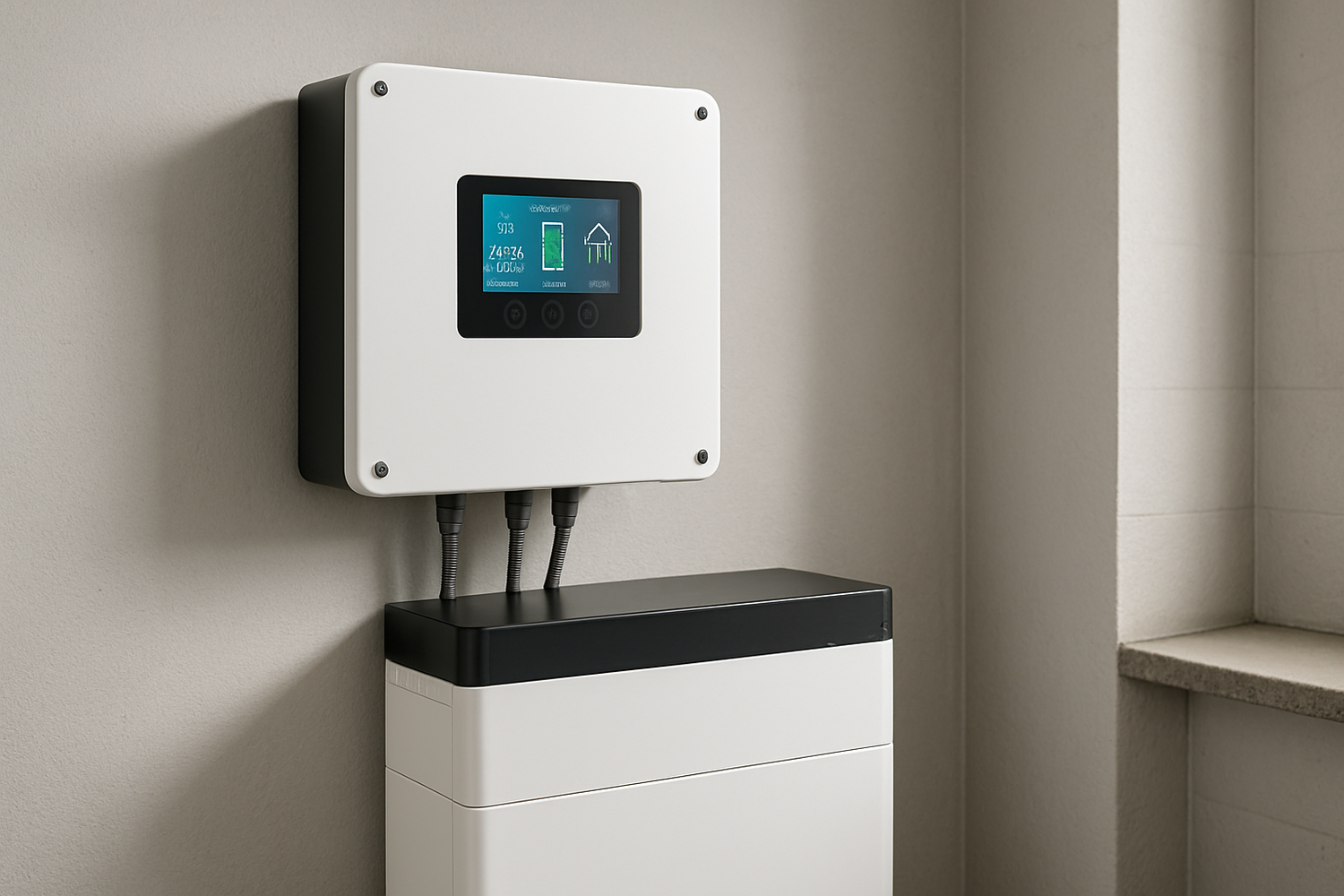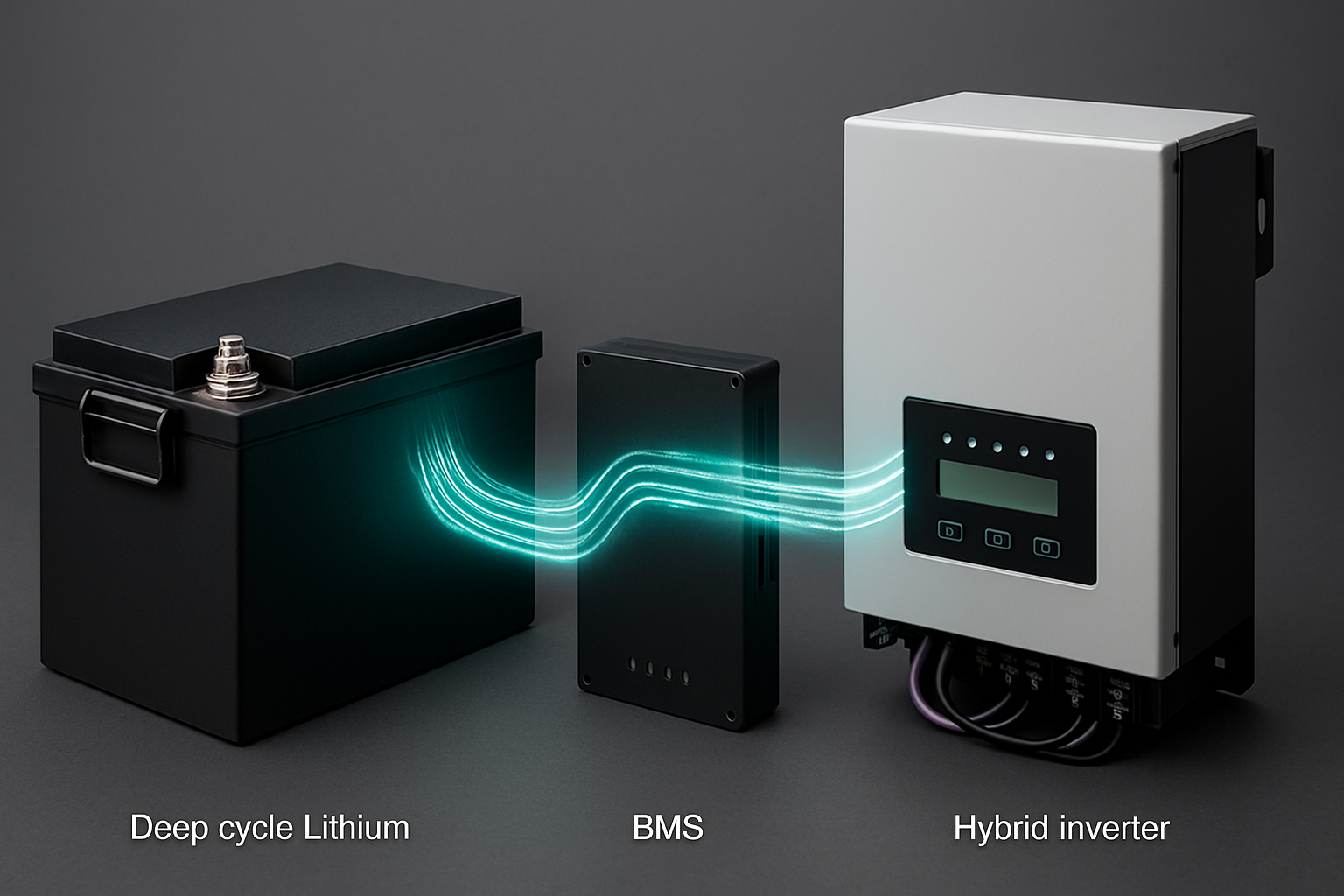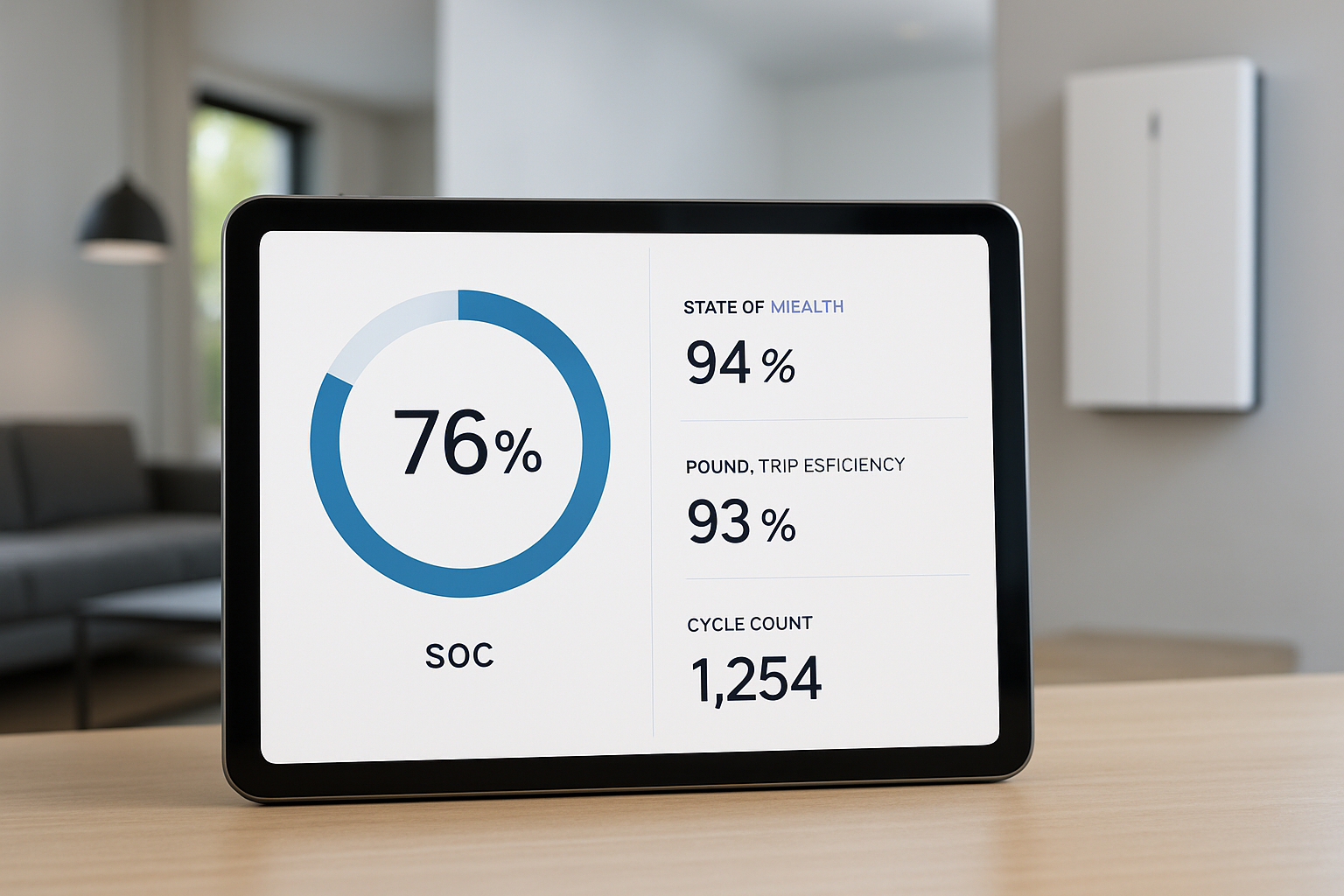A modern energy storage system is more than just solar panels and batteries. At its core lies a sophisticated combination of a charge controller and an inverter. This pairing acts as the central nervous system, directing the flow of energy. Getting this combination right is fundamental to building a reliable and efficient power system. This text explains the functions of these components, how they integrate, and what you should look for when designing your own energy solution.
The Brains of the Operation: Controller and Inverter Roles
Understanding the individual roles of the charge controller and the inverter is the first step. Each performs a distinct, vital function. Together, they ensure your generated solar power is safely stored and readily available for use.
The Charge Controller: Guardian of Your Battery
The charge controller is the gatekeeper for your battery bank. It meticulously manages the voltage and current coming from your solar panels. Its primary job is to prevent overcharging, which can damage batteries and reduce their lifespan. A properly functioning controller is critical for battery health. If you suspect issues, it's wise to know the warning signs. You can learn about them in 5 Signs Your Controller Is Harming Your Lithium-Ion Battery.
Controllers generally come in two types: Pulse Width Modulation (PWM) and Maximum Power Point Tracking (MPPT). MPPT controllers are more advanced and efficient, capable of converting excess voltage into amperage. This allows them to harvest significantly more power from your solar array, especially in cooler weather or when battery voltage is low.
The Inverter: Converting Power for Your Home
The inverter takes the direct current (DC) power stored in your batteries and converts it into alternating current (AC). AC power is the standard form of electricity used by most household appliances. The quality of this conversion is important. Pure sine wave inverters produce clean, stable AC power, which is essential for sensitive electronics like computers and modern appliances. In contrast, modified sine wave inverters are less expensive but can cause issues with certain devices.
Inverters themselves come in different forms, with hybrid models offering significant advantages over standard ones. For a deeper comparison, consider reading about Hybrid vs. Standard Inverters for Your Home Battery System?. A hybrid inverter integrates the functionality of a charge controller and an inverter into a single unit, creating a more streamlined and intelligent Hybrid Power System.
Why Choose an Integrated Hybrid Controller Inverter?
The move toward integrated systems is a logical evolution in energy storage technology. Combining the controller and inverter into one device offers benefits in installation, management, and overall performance.
Streamlined Architecture and Simplified Installation
An integrated hybrid unit reduces system complexity. With fewer individual components, you have less wiring to manage and a smaller physical footprint. This simplification not only makes for a cleaner installation but also minimizes potential points of failure. For both off-grid homesteads and grid-connected homes seeking backup power, a streamlined setup is a major advantage.
Advanced Energy Management and Control
Hybrid controller inverter combinations are the cornerstone of modern energy management. They provide a single point of control for directing power from solar panels, the battery bank, and the electrical grid. This intelligent management allows the system to prioritize solar self-consumption, store excess energy for later, or draw from the grid during periods of low solar generation. The U.S. Department of Energy has highlighted the importance of such advanced control systems in developing resilient microgrids. Their research shows that multi-layered energy management can provide situational awareness and balance electric loads effectively.
Some advanced hybrid inverters even feature grid-forming capabilities. This allows them to create a stable, independent grid during a power outage, a process known as a blackstart. This technology is crucial for ensuring that critical loads remain powered without any human intervention.
Enhanced System Efficiency and Performance
Efficiency is paramount in any solar power system. In an integrated hybrid system, the path from solar panel to battery storage is often a direct DC-to-DC connection. This process is more efficient than converting DC to AC and back again, which can happen in systems with separate components. This improved efficiency means more of your harvested solar energy makes it into your batteries. The close communication between the integrated controller and inverter functions also enables smarter charging and discharging algorithms. This helps to Unlock Peak Performance from Your Deep Cycle Lithium Battery and can extend its operational life.
A Practical Approach to System Design
Selecting the right hybrid controller inverter requires careful consideration of your entire system, from the battery bank to your daily energy needs. A methodical approach ensures all components work in harmony.
Matching Inverter and Controller to Your Battery Bank
Compatibility is non-negotiable. The nominal voltage of your hybrid controller inverter must match your battery bank's voltage, whether it's 12V, 24V, or 48V. High-performance batteries, such as Lithium Iron Phosphate (LiFePO4), are an excellent choice for their long cycle life, safety, and efficiency. Our experience in lithium battery manufacturing has shown that a well-matched system is key to reliability. For specific guidance on this, our article on How to Pair Hybrid Inverters with a 12V LiFePO4 Battery provides practical steps.
Key Technical Specifications to Consider
When comparing models, focus on the specifications that matter most for your application. This table breaks down some of the critical parameters:
| Feature | What to Look For | Why It Matters |
|---|---|---|
| Nominal System Voltage | 12V, 24V, 48V DC | Must match your battery bank's voltage for proper operation. |
| Max PV Input Voltage (Voc) | 150V, 500V DC, or higher | Determines the maximum number of solar panels you can connect in a series string. |
| Max Charging Current | 60A, 80A, 100A, etc. | Dictates the maximum rate at which your battery bank can be charged from solar. |
| Inverter Output Power | 3kW, 5kW, 8kW, etc. | The continuous and peak power ratings must be sufficient to run your intended appliances. |
| Output Waveform | Pure Sine Wave | Ensures compatibility and safe operation for all electronics and motors. |
| Communication Protocols | CAN, RS485 | Enables the inverter to communicate with a battery's BMS for optimized performance. |
Avoiding Common Pitfalls and Misconceptions
A common mistake is oversizing or undersizing components relative to each other. An undersized controller can't handle the full output of your solar array, wasting potential energy. An undersized inverter can't power your essential loads. There are also many myths surrounding this technology. Clearing up these misconceptions is important, which is why we addressed common Hybrid Inverter Myths That Hurt Your Lithium Battery Storage.
Integration and Real-World Application
A properly designed hybrid system is more than the sum of its parts. Seamless integration allows it to operate autonomously and reliably, whether you are living completely off-grid or using it for backup power.
The Importance of Communication and Protocols
Modern energy systems rely on digital communication. Protocols like CAN bus and RS485 allow the hybrid inverter to "talk" to the Battery Management System (BMS) of a lithium battery. This data exchange is vital. It allows the inverter to know the battery's precise state of charge, temperature, and voltage, enabling it to adjust charging parameters in real-time. The International Energy Agency (IEA) stresses that "visibility" of system components through real-time data is crucial for operating power systems reliably. This principle applies equally to large grids and individual home energy systems.
Case Study: An Off-Grid Cabin Solution
Consider an off-grid cabin. A typical setup might include a 5kW hybrid controller inverter paired with a 48V 100Ah LiFePO4 battery bank and a 4kW solar array. This system can comfortably power lights, a refrigerator, a water pump, and entertainment devices. The integrated unit manages the solar charging during the day, powers the cabin's loads, and stores excess energy in the battery for use overnight. This kind of setup provides true energy independence. For a detailed look at a similar project, see this Case Study: Off-Grid Power with a 100Ah Lithium Battery.
Grid-Tied Systems with Battery Backup
For homes connected to the grid, a hybrid system offers the best of both worlds. It can be programmed to maximize self-consumption, using solar and battery power first before drawing from the grid. This reduces electricity bills. When the grid goes down, the system automatically switches to battery power, keeping essential loads running without interruption. According to the International Renewable Energy Agency (IRENA), such distributed energy resources can improve grid stability when managed effectively. Hybrid inverters provide the sophisticated control needed to meet technical grid connection requirements.
Your Path to Energy Independence
The hybrid controller inverter is the intelligent hub of a modern solar and storage system. Its integration of key functions simplifies design, enhances efficiency, and provides sophisticated control over your energy resources. By carefully selecting a unit that matches your batteries and power needs, you can build a reliable, scalable solution. A well-designed system, built with high-performance LiFePO4 batteries and a capable hybrid inverter, is a significant step toward achieving energy independence.
Disclaimer: The information provided in this text is for educational purposes only. It is not intended as financial, legal, or investment advice. You should consult with a qualified professional before making any decisions related to installing a solar or energy storage system.





Leave a comment
All comments are moderated before being published.
This site is protected by hCaptcha and the hCaptcha Privacy Policy and Terms of Service apply.